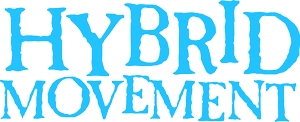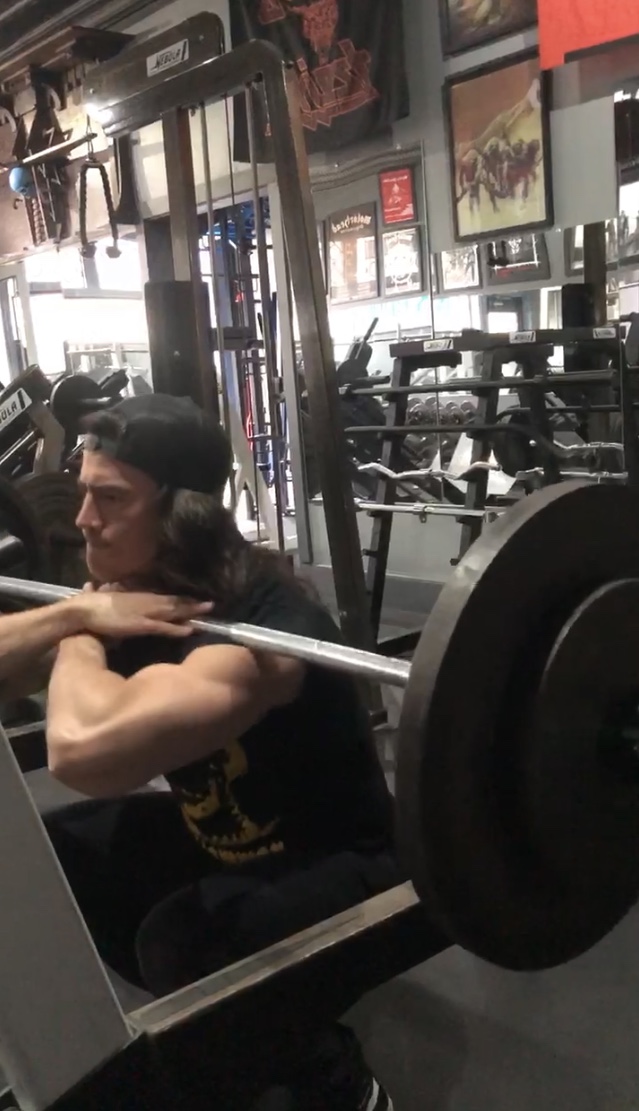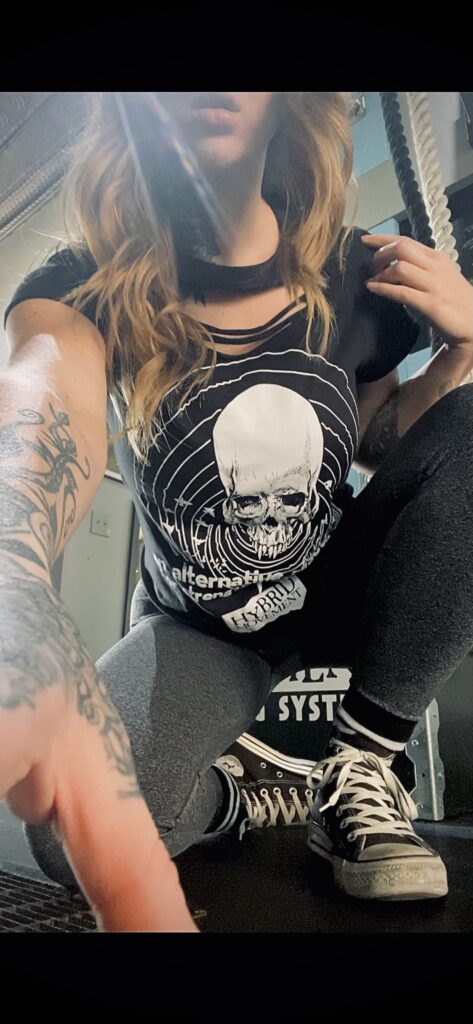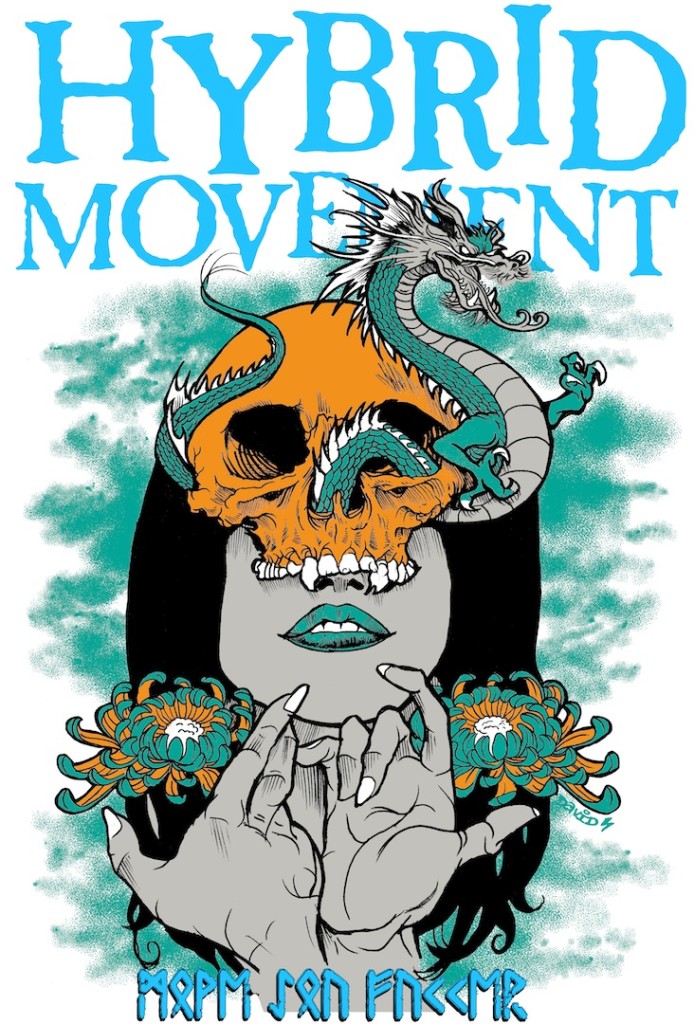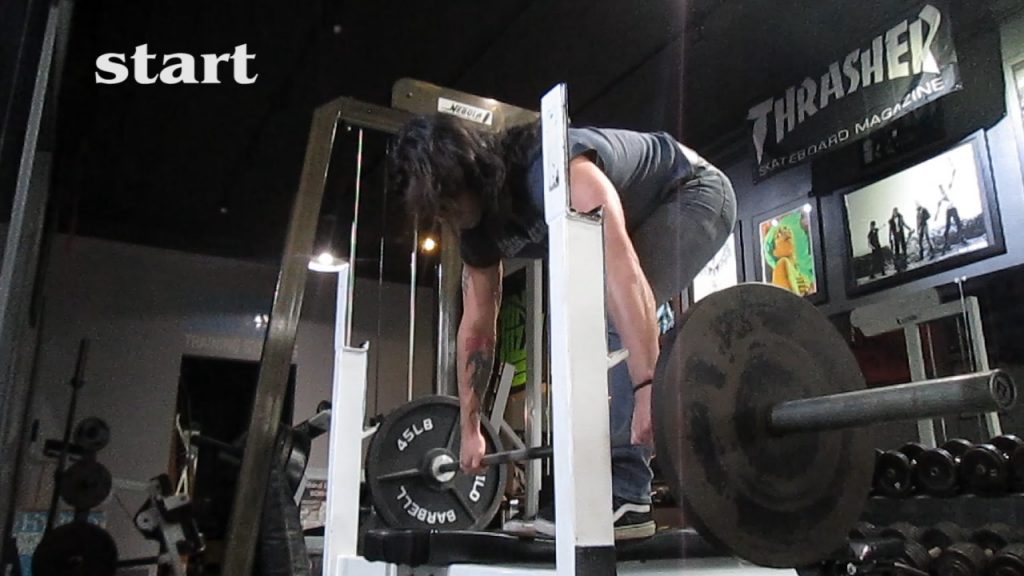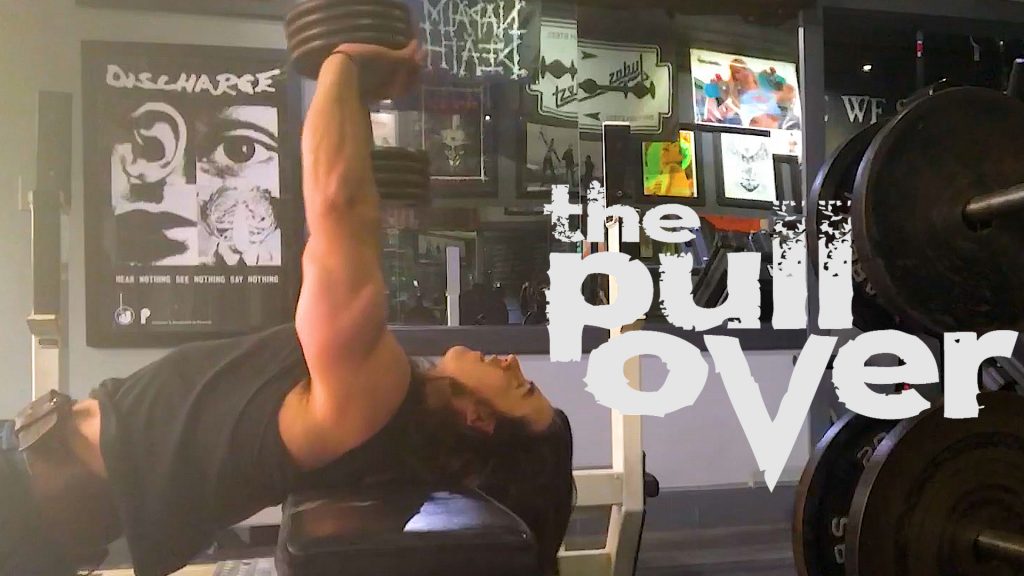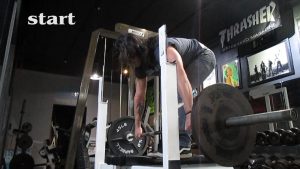
Overview
Before we go into the differences between front squats vs. back squats, let’s define the squat.
The squat is a dynamic resistance training exercise that engages several muscles from the upper and lower body in a harmonious fashion.
Training these muscles by doing squats can help you become more efficient as an athlete and decrease your risk of injury.
In this article, we will discuss the general benefits of squatting, as well as the difference between the back and front squat.
The benefits of squatting
Improves core strength
Improving your core’s strength can help you in the daily movements, such as standing, bending, walking, and turning.
Squatting will also enhance your balance and coordination, as well as relieve painful sensations in your lower back.
In a 2018 study, researchers found that back squats are especially beneficial for back muscles compared to other exercises (e.g., planks).
Reduces the risk of injury
By targeting the muscles of your lower and upper body, squatting helps you execute full-body exercises in the correct form while maintaining balance and spinal alignment.
Additionally, regular practice of squats will strengthen your tendons and ligaments, which reduces the risk of injury.
Burns calories
Compound movements (e.g., squatting) are excellent exercises to shed a few pounds as they recruit a large number of muscles, which eventually leads to more energy expenditure and calories burnt.
According to Harvard Medical School, you can expect to burn up to 223 calories in 30 minutes of strenuous training like squatting.
Promotes muscle hypertrophy of the lower body
The lower body has the largest muscles of the entire musculoskeletal system (e.g., quadriceps), which burn a lot of calories and need intense strength training to grow larger.
Fortunately, squats strengthen these muscles and promote hypertrophy, improving your athleticism and allowing you to perform daily activities with ease.
